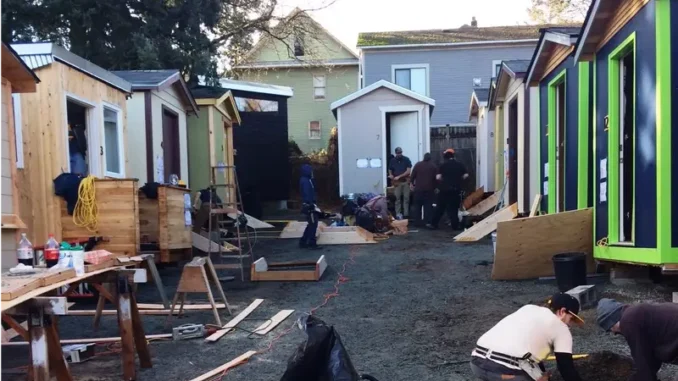
Mark Cubamillionaire entrepreneur and former owner of the Dallas Mavericks, stood in front of a dilapidated shelter house, his eyes scanning the premises. The building, once a haven for the homeless, now seemed to exacerbate their struggles. Cuban’s visit was more than just a gesture of goodwill; it was a precursor to a life-changing investment.
As he walked through the cramped corridors and narrow rooms, Cuban noticed the residents’ resilience despite the bleak surroundings. He met single mothers struggling to provide for their children, veterans grappling with PTSD, and individuals desperate for a second chance. The experience profoundly moved him, and he knew he had to act.
Cuban decided to invest $8.5 million in transforming the shelter house into a beacon of hope. His vision was simple yet ambitious: create a self-sustaining community that empowered residents to rebuild their lives. The renovation would include modern amenities, job training facilities, and counseling services.
Under Cuban’s guidance, the shelter house underwent a metamorphosis. The exterior was repainted with vibrant colors, and the interior was redesigned to promote a sense of community. Residents were involved in the renovation process, learning new skills and developing a sense of ownership.
The results were staggering. Within months, the shelter house became a thriving hub of activity. Residents started their own businesses, found employment, and slowly reintegrated into society. Cuban’s investment had not only provided a roof over their heads but also given them a chance to rediscover their purpose.
As news of the shelter house’s transformation spread, Cuban’s philanthropy inspired others to follow suit. His commitment to social causes had always been evident, from his support for various charities to his advocacy for affordable healthcare through Cost Plus Drugs. The shelter house project was a testament to his dedication to creating positive change.
The impact of Cuban’s investment was multifaceted. He didn’t just provide financial support; he also brought his business acumen to the table. By involving residents in the decision-making process and encouraging entrepreneurship, he empowered them to take control of their lives.
As Cuban looked out over the transformed shelter house, he felt a sense of pride and fulfillment. His investment had not only changed the lives of the residents but also enriched his own. It was a reminder that success wasn’t just about accumulating wealth; it was about using it to make a difference.
Key Aspects of the Shelter House Transformation:

Modern Amenities: The renovated shelter house featured clean and spacious living quarters, nutritious meal programs, and access to healthcare services.
Job Training Facilities: Residents had access to vocational training, computer labs, and workshops, equipping them with skills to secure employment.
Counseling Services: Professional therapists and counselors provided emotional support, helping residents overcome trauma and build confidence.
Community Building: The shelter house fostered a sense of community through resident-led initiatives, promoting social connections and a sense of belonging ¹.
Leave a Reply